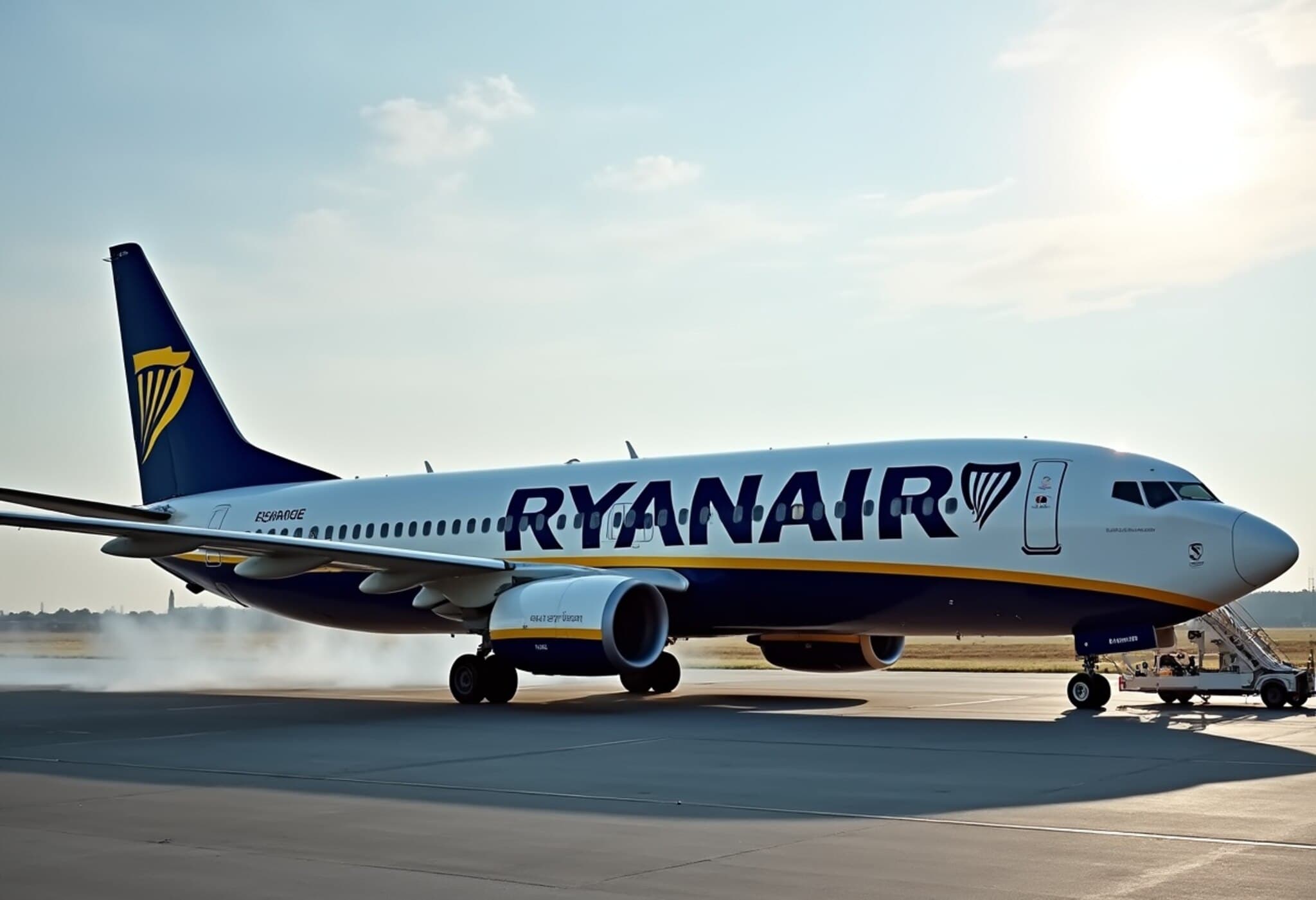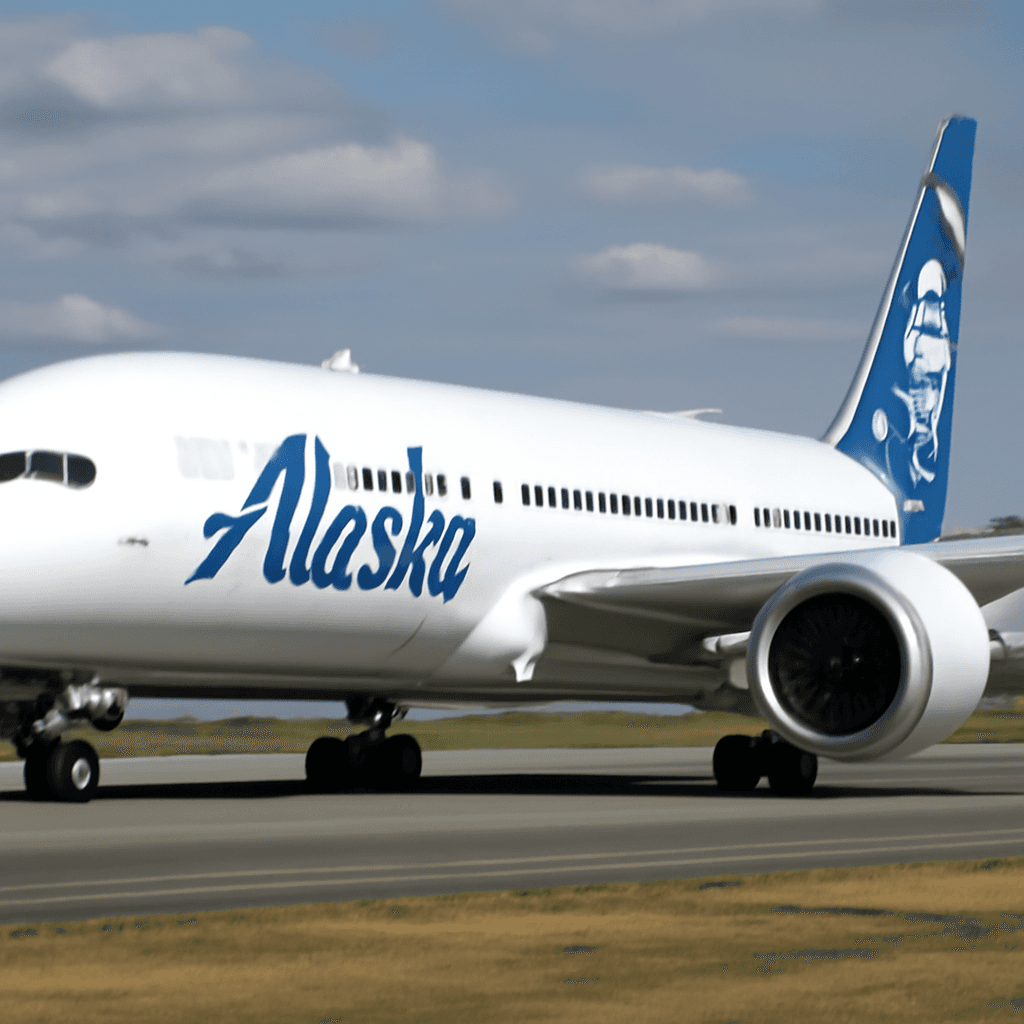Europe Set to Triple ETIAS Entry Fee Amid Rising Costs and Inflation
Travelers planning to visit Europe should prepare for a significantly higher entry fee starting in late 2026. The European Commission announced a proposal to raise the fee for the European Travel Information and Authorisation System (ETIAS) from 7 euros to 20 euros, nearly tripling the current cost.
What is ETIAS and Why the Fee Increase?
ETIAS is a travel authorization system designed for visa-exempt visitors aiming to enter the Schengen Area for stays of up to 90 days. Officially adopted in 2018, ETIAS has experienced several delays but is now slated to become operational in the fourth quarter of 2026.
The Commission cited several factors behind the proposed price hike:
- Inflationary pressures increasing operational costs since the system's initial planning.
- Growing administrative expenses linked to managing and securing travel authorization data.
- Aligning ETIAS fees with those of comparable systems like the UK’s Electronic Travel Authorisation (ETA) and the United States’ Electronic System for Travel Authorization (ESTA), both hovering around 20 to 21 USD/GBP.
Who Will Be Affected by the Fee Change?
ETIAS applies primarily to travelers from 59 visa-exempt countries, including the United States, Canada, Japan, Australia, South Korea, Singapore, and the United Kingdom. These individuals will need to obtain ETIAS authorization before entering the Schengen zone.
However, the system exempts certain categories:
- Children under 18 years old and seniors over 70 years old.
- Family members of European Union citizens traveling alongside them.
Context and Broader Implications
ETIAS is part of the European Union’s broader strategy to enhance border security while maintaining open travel pathways for trusted visitors. Tripling the fee raises essential questions about accessibility, particularly for middle- and low-income travelers who might be deterred by higher costs.
From an American perspective, this mirrors a global trend where countries are leveraging digital pre-screening tools not only for security purposes but also as an additional revenue stream. The U.S. ESTA charges $21 per authorization, and the UK recently set its ETA fee at £16, indicating that Europe’s proposed fee is competitive but will test travelers’ willingness to pay.
Critics caution that while financing border management is crucial, policymakers must balance security with inclusivity, ensuring that increased costs do not hinder tourism recovery or strain diplomatic goodwill.
Next Steps and What Travelers Should Know
The proposal is currently in the review phase by the European Council and Parliament, with a two-month window for feedback and potential amendments. Travelers planning trips to Europe in 2027 and beyond should monitor developments closely to avoid unexpected fees.
To apply for ETIAS travel authorization, visitors will complete an online form that screens for security risks, health issues, or prior immigration violations. Once approved, the authorization will be valid for multiple entries over three years.
Expert Insight
Dr. Helena Torres, an expert in European migration policy, notes, "The ETIAS fee increase reflects broader economic pressures but also highlights a shift in how the EU balances mobility and security. This change encourages travelers to plan ahead but could unintentionally exclude some demographics from seamless travel opportunities unless accompanied by exemptions or assistance programs."
Editor’s Note
This upcoming change to ETIAS fees is more than just a financial adjustment—it points to evolving dynamics in international travel, border security, and economic policy within Europe and beyond. As governments leverage technology to safeguard borders, the key challenge remains how to keep travel accessible and equitable. Will increased fees dampen tourism or promote safer, better-managed visitor flows? Readers should consider how these developments might influence their travel plans and the global landscape of mobility in the coming years.



















